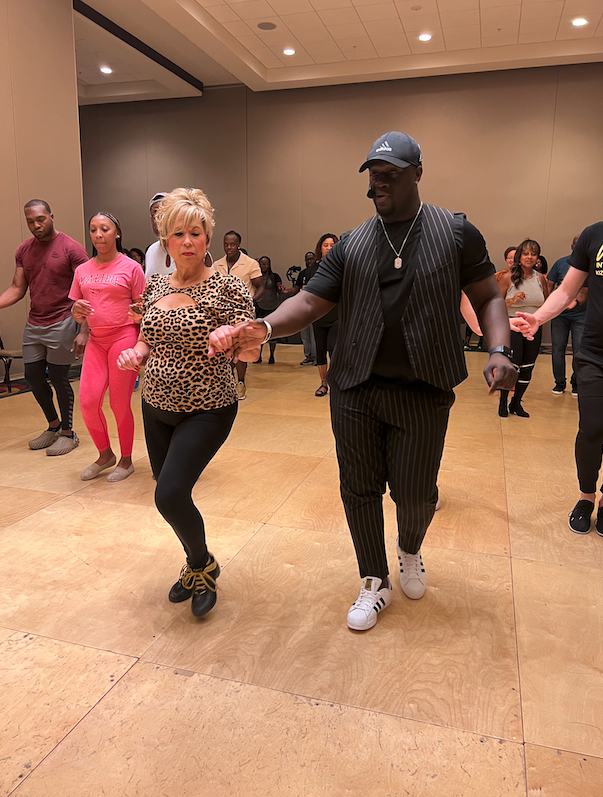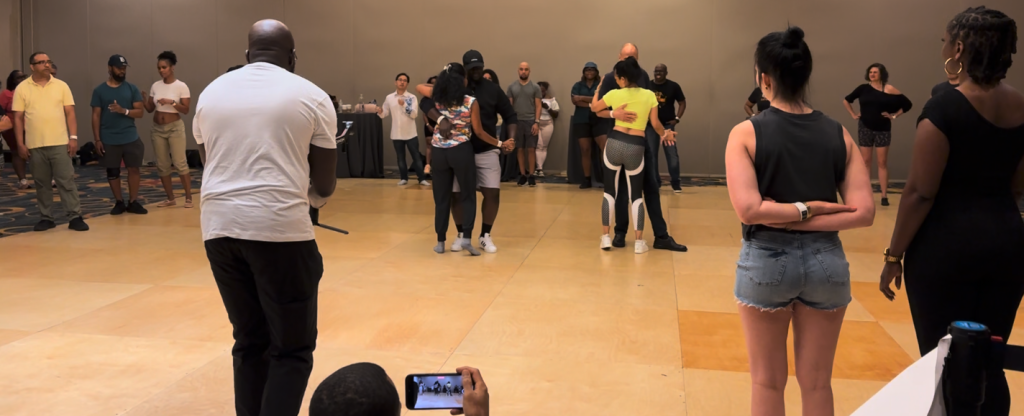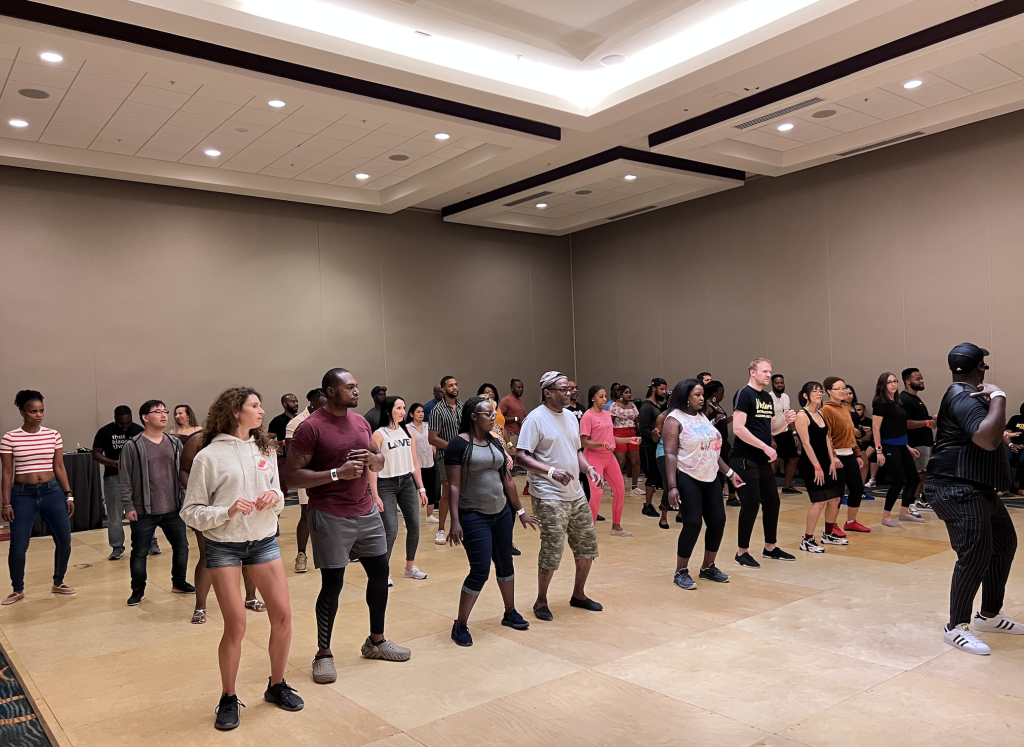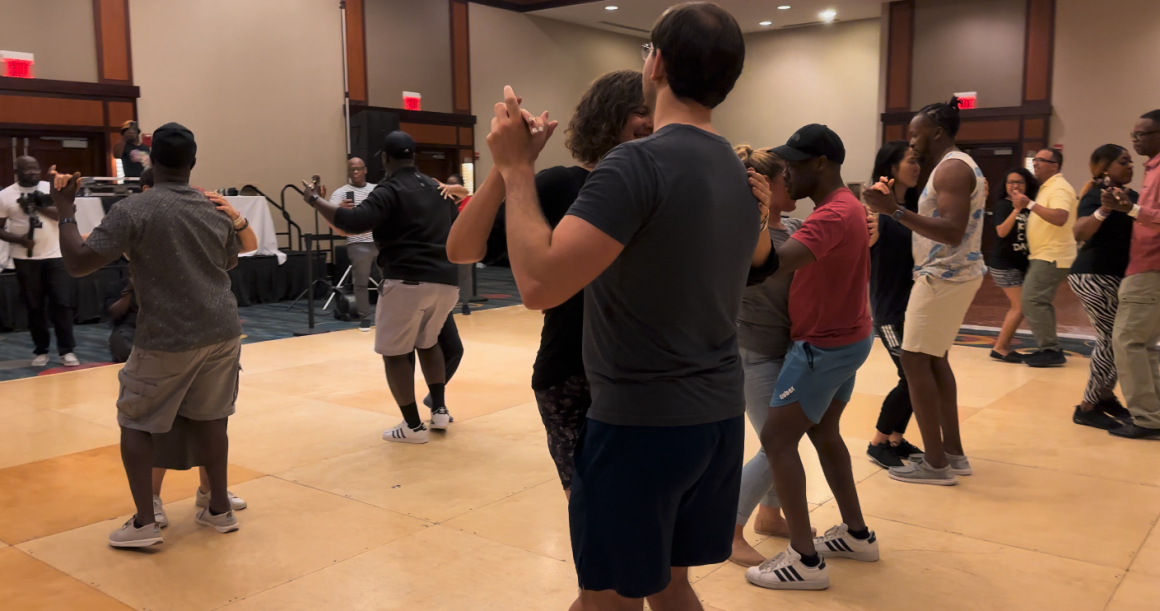Konpa & Kizomba Dance Lesson
With many twists and turns of movements and pounding beats, dance can cross the boundary lines of culture. When it comes to dancing in the world at large, Konpa and Kizomba can be considered lively manifestations of music and motion from Haiti and Angola. Let us explore these magical dance forms, reveal some similarities and contrasts, and see what these magical tales tell in dances and music.

What is Kizomba?
Kizomba, which emerged in PALOP nations, is an alluring blend of native tones. The roots of Kizomba lie in the four pillars: Semba from Angola, Kompa from Haiti, Caribbean Zouk from Martinique and Guadeloupe, and Coladeira from Cape Verde. Music in the 1980s captures that essence, which many call Kizomba Classic.
Three specific dances fall into this category – Kizomba, Kiz Fusion, and the recently developed urban kiz. Kizomba authentic, commonly called traditional kizomba, creates a chilled feeling while dancing due to its physical closeness. In addition, Kiz Fusion incorporates elements from Hip Hop, Bachata, and Tango while maintaining the principle of following and connection. Urban Kiz comes out of Ghetto Zouk music, mixing Kizomba with hip-hop roots and adding a new rhythm.
What is Konpa?
In fact, on the other side of the world, there is dance music together with a modern meringue – known as Konpa or Compas. It started in the mid-twentieth century and was popularized by the band Conjunto International, created in 1955 by Nemours Jean-Baptiste. Tanbou and other components of Konpa make this music genre most prominent in Dominica and other parts of the French Antilles.
The origins of “Compas” are traced from “compás,” a Spanish word for beat or rhythm, and its pulsating nature, which sets it apart from other dance music. Many names in different areas, including Compas or Zouk, know this genre. It has reached beyond African countries into the Caribbean, Portugal, France, and North and South America.

Differences and Similarities
Although Konpa and Kizomba are different in their origin and inspiration, there is something that unites them; both are dances that people cannot fail to see for their melodies and cultural content. The dance forms in each genre emphasize connectivity, give-and-take relationships, and energy transfer between a couple of dancers.
Similarly, the development of Kizomba is akin to how Konpa expanded into diverse regions. The components of Kiz Fusion and Urban Kiz correspond with the flexibility that occurred when Konpa moved to Zouk in the French Antilles.
Though they have different origins, Konpa and Kizomba are still universal dances. Music and dance overcome any existing language or culture barriers and establish a language understood by the rhythm of human nature. The joy and bonding that come with Konpa and Kizomba dances cannot be bound or hindered by the boundary of geology. Through this journey of diving into this dance world, the enthusiasts of the Konpa and Kizomba dances are going global.
Konpa and Kizomba Insights at KOTR Dance Studio, Miami
We aim to bring out the specialty feature of Konpa and Kizomba dance styles at KOTR Dance Studio in Miami, Florida. We aim to highlight the differences and commonalities in these colorful artistic expressions. Our professional teachers specialize in both the rhythms of Konpa and Kizomba dance. Visit KOTR Dance Studio to learn what all dances are about because it is possible to experience another reality beyond the conventional. Feel free to even book private lessons.



